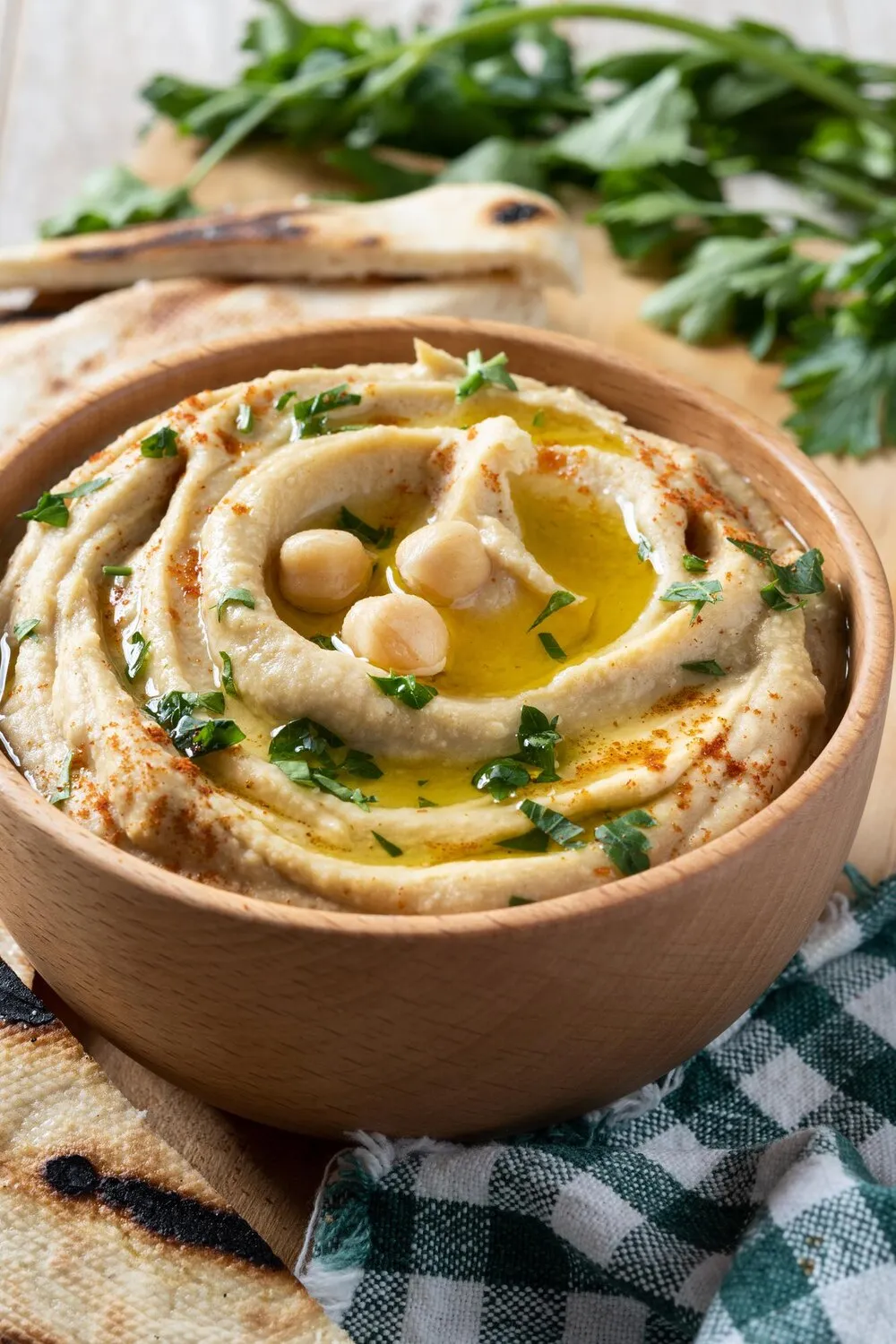
Kibe
Deep fried kibe.
Nutrition Facts
* The % Daily Value (DV) tells you how much a nutrient in a serving of food contributes to a daily diet. 2,000 calories a day is used for general nutrition advice.
Kibbeh, in its various forms, has ancient roots in the Levant region, with variations found across the Middle East. The use of bulgur wheat suggests influences from agricultural practices and trade routes that have shaped the region's culinary landscape for centuries. The introduction of meat, likely lamb or beef, reflects the pastoral traditions of the area.
Kibe holds significant cultural importance in Lebanese cuisine and is often prepared for special occasions, family gatherings, and religious holidays. It's a symbol of hospitality and a cherished part of the region's culinary heritage.
Family Tradition
Kibe recipes are often passed down through generations, with each family having their own unique variations and techniques. The preparation can be a communal activity, bringing family members together in the kitchen.
Celebratory Dish
Kibe is frequently served during holidays like Eid al-Adha and Christmas, as well as at weddings, birthdays, and other festive occasions. It's considered a special dish that signifies abundance and celebration.
Symbol of Hospitality
Offering kibe to guests is a sign of generosity and hospitality. It's a way to welcome visitors and show them appreciation through food.
Deep fried kibe features a harmonious blend of savory, earthy, and subtly spiced flavors. The outer shell provides a satisfying crunch, while the interior offers a tender and aromatic experience.
The primary flavor notes come from the combination of finely ground meat (typically lamb or beef), bulgur wheat, onions, and a blend of Middle Eastern spices. Common spices include cinnamon, allspice, nutmeg, and sometimes a hint of cayenne for a subtle kick. The deep frying process imparts a rich, savory flavor and crispy texture to the outer layer.
Soaking the Bulgur
Soaking the bulgur wheat thoroughly in cold water until it is soft and pliable is crucial. This ensures a tender texture in the finished kibe.
Grinding the Meat
Finely grinding the meat, ideally with the bulgur wheat and onion, creates a smooth and cohesive mixture that holds together well during frying.
Spice Blending
Experiment with different spice blends to create your own unique flavor profile. Cinnamon, allspice, and nutmeg are classic choices, but you can also add cumin, coriander, or a touch of cayenne for extra complexity.
Frying Temperature
Maintain a consistent frying temperature of around 350-375°F (175-190°C) to ensure the kibe cooks evenly and develops a golden-brown, crispy crust. Avoid overcrowding the fryer, as this will lower the temperature and result in soggy kibe.
Explore additional Middle Eastern dishes and restaurants
Explore Middle EasternDiscover top dining spots and culinary experiences in Rio Claro.
Explore Rio ClaroLearn more about the food culture, restaurant scene, and culinary heritage of Brazil.
Explore Brazil